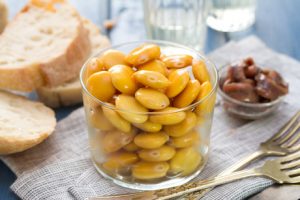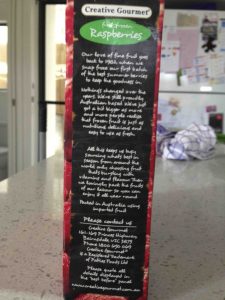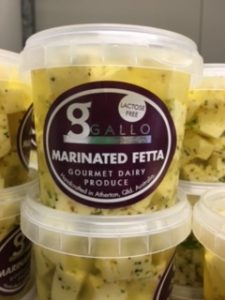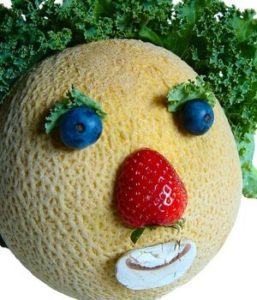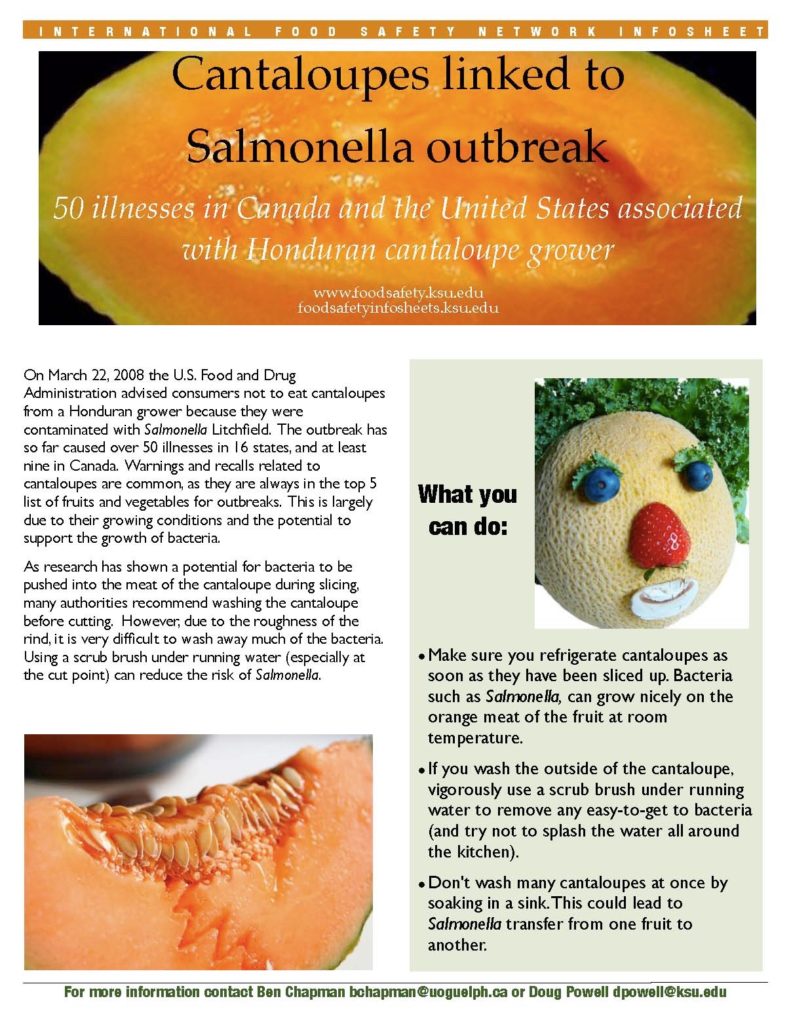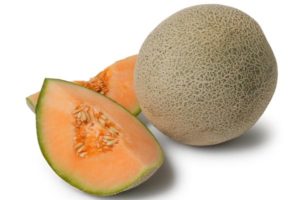A new report into Australia’s 2018 strawberry tampering crisis, which caused catastrophic economic damage to the industry, has found food-tracing protocols need to be strengthened.
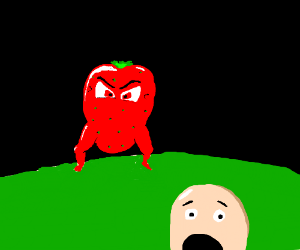 Lucy Stone of The Sydney Morning Herald reports the report also found that food safety expertise in the horticulture industry was “variable” due to there being many small businesses, with no regulatory or industry oversight particularly for strawberry farmers (uh, I’m right here).
Lucy Stone of The Sydney Morning Herald reports the report also found that food safety expertise in the horticulture industry was “variable” due to there being many small businesses, with no regulatory or industry oversight particularly for strawberry farmers (uh, I’m right here).
The “fragmented nature” of the sector also complicated matters with no regulation tracking strawberry farm locations during the crisis, and the use of seasonal or contract pickers muddying traceability.
Food Standards Australia New Zealand (FSANZ) was commissioned by Health Minister Greg Hunt to review the response to the strawberry contamination crisis, which began on September 9 when a man swallowed a needle hidden inside a strawberry.
Within days more reports had been made to Queensland Health and Queensland Police of similar incidents, sparking copycat actions of needles being hidden in fruit across Australia and New Zealand.
The crisis saw strawberry production nationally grind to a halt, with Queensland growers dumping thousands of tonnes of fruit that could not be sold.
A Caboolture woman, 50-year-old strawberry farm supervisor My Ut Trinh, was arrested and charged with six counts of food tampering, ending the crisis.
But is more regulation and oversight really gonna stop someone driven by demons from inserting needles into produce?
Is there a better approach to both protect and enhance consumer confidence in the wake of an outbreak, tampering, or even allegations of such?
On June 12, 1996, Dr. Richard Schabas, chief medical officer of Ontario (that’s a province in Canada), issued a public health advisory on the presumed link between consumption of California strawberries and an outbreak of diarrheal illness among some 40 people in the Metro Toronto area. The announcement followed a similar statement from the Department of Health and Human Services in Houston, Texas, which was investigating a cluster of 18 cases of cyclospora illness among oil executives.
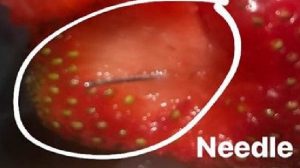 Turns out it was Guatemalan raspberries, not strawberries, and no one was happy.
Turns out it was Guatemalan raspberries, not strawberries, and no one was happy.
The initial, and subsequent, links between cyclospora and strawberries or raspberries in 1996 was based on epidemiology, a statistical association between consumption of a particular food and the onset of disease.
The Toronto outbreak was first identified because some 35 guests attending a May 11, 1996 wedding reception developed the same severe, intestinal illness, seven to 10 days after the wedding, and subsequently tested positive for cyclospora. Based on interviews with those stricken, health authorities in Toronto and Texas concluded that California strawberries were the most likely source. However, attempts to remember exactly what one ate two weeks earlier is an extremely difficult task; and larger foods, like strawberries, are recalled more frequently than smaller foods, like raspberries.
By July 18, 1996, the U.S. Centers for Disease Control declared that raspberries from Guatemala — which had been sprayed with pesticides mixed with water that could have been contaminated with sewage containing cyclospora — were the likely source of the cyclospora outbreak, which ultimately sickened about 1,000 people across North America. Guatemalan health authorities and producers vigorously refuted the charges. The California Strawberry Commission estimated it lost $15-20 million in reduced strawberry sales.
The California strawberry growers decided the best way to minimize the effects of an outbreak – real or alleged – was to make sure all their growers knew some food safety basics and there was some verification mechanism. The next time someone said, “I got sick and it was your strawberries,” the growers could at least say, “We don’t think it was us, and here’s everything we do to produce the safest product we can.”
That was essentially the prelude for the U.S. Food and Drug Administration publishing its 1998 Guidance for Industry: Guide to Minimize Microbial Food Safety Hazards for Fresh Fruits and Vegetables. We had already started down the same path, and took those guidelines, as well as others, and created an on-farm food safety program for all 220 growers producing tomatoes and cucumbers under the Ontario Greenhouse Vegetable Growers banner. And set up a credible verification system involving continuous and rigorous on-farm visits: putting producers in a classroom is boring, does not account for variations on different farms and does nothing to build trust. Third-party audits can be hopeless indictors of actual safety on a day-to-day basis and generates the impression that food safety is something that can be handed off to someone else.
The growers themselves have to own their own on-farm food safety because they are the ones that in the marketplace. Bureaucrats will still have their taxpayer-funded jobs, farmers lose.
There is a lack – a disturbing lack – of on-farm food safety inspection; farmers need to be more aware of the potential for contamination from microbes (from listeria in rockmelon, for example) as well as sabotage.
There is an equally large lack of information to consumers where they buy their produce. What do Australian grocery shoppers know of the food safety regulations applied to the produce sold in their most popular stores? Do such regulations exist? Who can they ask to find the answers?
The Sydney Morning Herald also notes that in the report published on Friday, FSANZ made several recommendations to prevent similar crises in the future, including greater regulation for the industry.
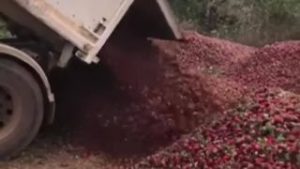 The lack of a peak soft fruits regulatory body left the small Queensland Strawberry Growers Association “inundated with calls”, while national horticulture body Growcom later helping manage communication.
The lack of a peak soft fruits regulatory body left the small Queensland Strawberry Growers Association “inundated with calls”, while national horticulture body Growcom later helping manage communication.
The crisis prompted Prime Minister Scott Morrison to announce legislation to extend the jail time for anyone convicted of food tampering to 15 years.
Police handled more than 230 reports of fruit sabotage across Australia, across 68 brands, with many reports of copycats and hoaxes.
Food Standards Australia New Zealand made seven recommendations in its final report, including a recommendation that all jurisdictions review food incident response protocols.
A central agency should be engaged to manage national communication in future food tampering incidents, and communication between regulators, health departments and police should be reviewed, the organisation found.
Triggers for “activation and management of intentional contamination of food” under the National Food Incident Response Protocol (NFIRP) should also be reviewed.
This recommendation was despite the NFIRP not being activated during the strawberry contamination issue. The protocol is a national incident response that can be activated by any agency to manage food incidents.
“Due to the unique criminal nature of this case and associated investigation, the protocol was not triggered,” the report said.
The horticulture sector also needs a representative body to “support crisis preparedness and response”, and traceability measures to track food through the sector needed greater work.
 “Government and industry should work together to map the current state of play and identify options and tools for enhancing traceability,” the FSANZ report recommended.
“Government and industry should work together to map the current state of play and identify options and tools for enhancing traceability,” the FSANZ report recommended.
A single national website for food tampering should be set up to give the public clear information, the report found.
The report found greater regulation of the horticulture sector was needed and cited the complexity of small farm and distribution operations as making the investigation difficult.
A suggestion that strawberry farms should be fitted with metal detectors also raised concerns about cost and practicality, while tamper-proof packaging risked shortening shelf life, and criticisms about increased use of plastic packaging.
For 20 years, I have been advising fruit and vegetable growers there are risks: Own them: Say what you do, do what you say, and prove it. The best producers or manufacturers can do is diligently manage and mitigate risks and be able to prove such diligence in the court of public opinion; and they’ll do it before the next outbreak.

